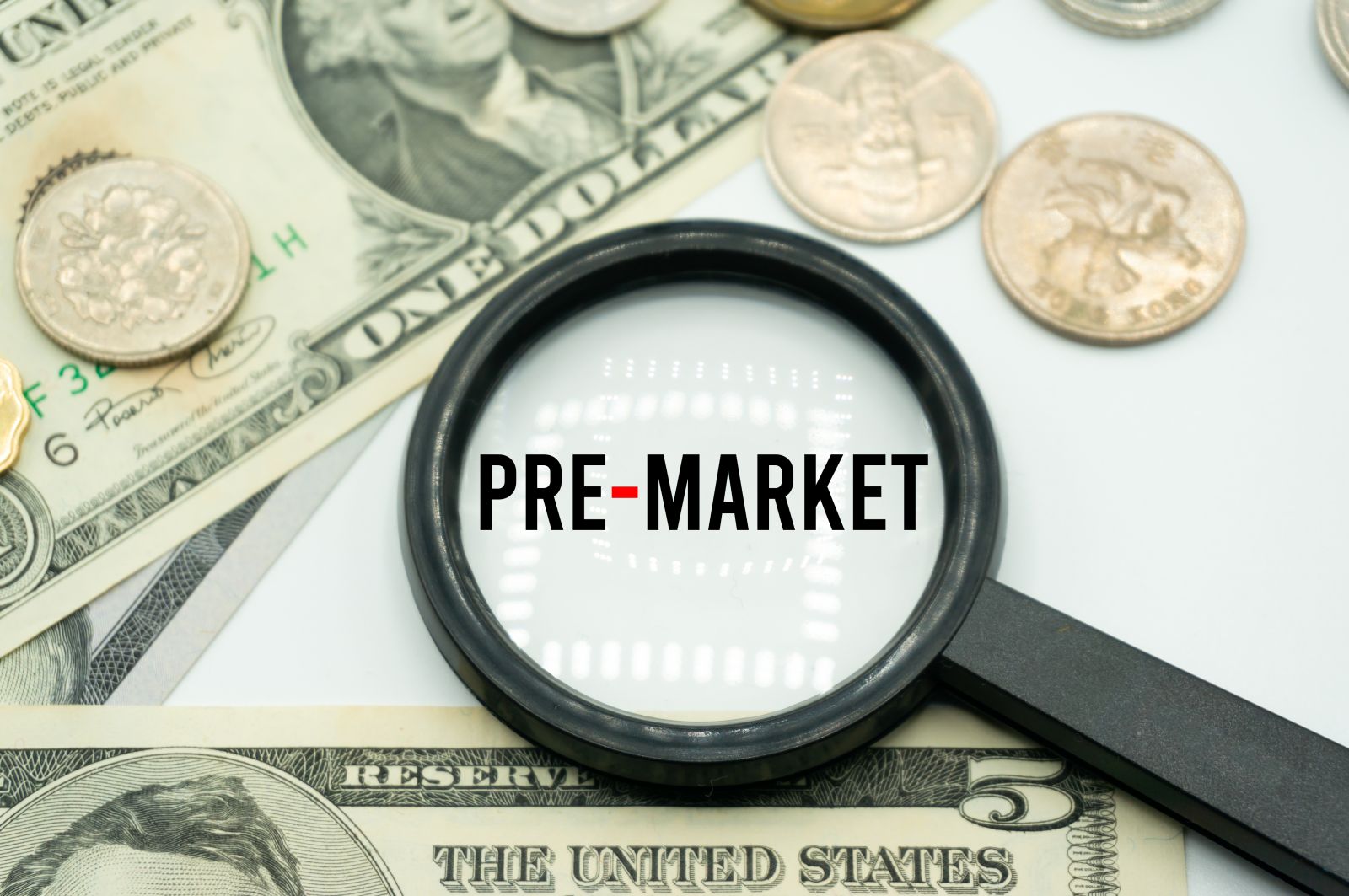Don't think you can save enough for retirement? What if you tried to cut $10 per day from your expenses and put that money toward an exchange-traded fund (ETF)? By doing that, you could potentially build up a portfolio worth $1 million by the time you retire.
It's an ambitious goal to meet. But if you can find a way to save $10 per day, or $300 per month, the payoff could be substantial. Here's how you could turn that level of savings into a $1 million portfolio, without having to take on any significant risk along the way.
The first step is finding a good ETF to pile money into
A good first step for anyone looking to invest on a regular basis is to find a few investments to put that money into every month. That can ensure that your process is as close to automatic as it can be; there's no need to analyze stocks every month and turn the process into a whole production. Instead, finding a few diversified ETFs can be a way to make investing as easy as possible.
If you love artificial intelligence (AI) stocks, you can invest in a fund that tracks AI stocks. There are plenty of thematic ETFs, but you can simplify the process even further by just getting a good mix of the market in a single fund. A suitable option for many investors might be the Vanguard Growth Index Fund ETF (NYSEMKT:VUG). The fund tracks the largest growth stocks -- and growth stocks are where the big gains are in the long run.
In addition to heavy hitters such as Microsoft, Apple, and Nvidia, you'll also get exposure to Eli Lilly and Visa, among many other top stocks. There are a total of 188 stocks in the fund. While 61% are tech stocks, consumer discretionary stocks account for nearly 17%, industrial stocks account for almost 8%, and healthcare stocks represent 7%. There's a good mix for investors here.
How your investment can grow to $1 million
Let's assume that on average, you're saving that $10 every day and allocating about $300 per month. You don't want to have to actually invest that money each day. You can simply save it and then invest it at the end of the month.
Another assumption is that since the fund is focused on growth stocks and it has outperformed the S&P 500 during the past 20 years, it's likely to remain a market-beating investment for the foreseeable future. In 20 years, the fund has generated returns of 879%. That averages out to a compound annual growth rate of 12%, which is higher than the S&P 500's long-run average of 9.7%.
Based on a $300 a investment at the beginning of each month and a 12% annual return, here's how your portfolio could grow over time.
| Year | Portfolio Balance |
|---|---|
| 1 | $3,842.80 |
| 2 | $8,172.96 |
| 3 | $13,052.29 |
| 4 | $18,550.45 |
| 5 | $24,745.91 |
| 6 | $31,727.11 |
| 7 | $39,593.70 |
| 8 | $48,457.97 |
| 9 | $58,446.45 |
| 10 | $69,701.72 |
| 11 | $82,384.44 |
| 12 | $96,675.65 |
| 13 | $112,779.34 |
| 14 | $130,925.39 |
| 15 | $151,372.80 |
| 16 | $174,413.46 |
| 17 | $200,376.25 |
| 18 | $229,631.77 |
| 19 | $262,597.63 |
| 20 | $299,744.38 |
| 21 | $341,602.26 |
| 22 | $388,768.78 |
| 23 | $441,917.19 |
| 24 | $501,806.15 |
| 25 | $569,290.53 |
| 26 | $645,333.61 |
| 27 | $731,020.87 |
| 28 | $827,575.41 |
| 29 | $936,375.48 |
| 30 | $1,058,974.13 |
Calculations by author.
The process is a slow and steady one, but over a period of 30 years, those savings can start to accumulate significantly. You can see the big advantage compounding creates between the 24th and 30th years, when a balance of just under $502,000 doubles to more than $1 million. The longer you can let that high balance compound, the more significant your portfolio's gains will become.
Investing is the easy part -- saving is what's hard
Trying to commit to the process and saving on a regular basis is arguably much harder than investing. Once you've gotten the ETF that is your go-to investment, you can just put money into it every month, or however often you plan to do so. It's really easy to invest in stocks and make money in the long run by just sticking to blue chip investments and ETFs.
Whether you choose the Vanguard Growth Fund or pick other options instead, there are plenty of diverse and safe investments that can work with this strategy. And if you can commit to the process and try to save on a regular basis, that can result in a significant portfolio balance by the time you retire.
Should you invest $1,000 in Vanguard Index Funds - Vanguard Growth ETF right now?
Before you buy stock in Vanguard Index Funds - Vanguard Growth ETF, consider this:
The Motley Fool Stock Advisor analyst team just identified what they believe are the 10 best stocks for investors to buy now… and Vanguard Index Funds - Vanguard Growth ETF wasn’t one of them. The 10 stocks that made the cut could produce monster returns in the coming years.
Consider when Nvidia made this list on April 15, 2005... if you invested $1,000 at the time of our recommendation, you’d have $722,993!*
Stock Advisor provides investors with an easy-to-follow blueprint for success, including guidance on building a portfolio, regular updates from analysts, and two new stock picks each month. The Stock Advisor service has more than quadrupled the return of S&P 500 since 2002*.
*Stock Advisor returns as of July 15, 2024
David Jagielski has no position in any of the stocks mentioned. The Motley Fool has positions in and recommends Apple, Microsoft, Nvidia, Starbucks, Vanguard Index Funds-Vanguard Growth ETF, and Visa. The Motley Fool recommends the following options: long January 2026 $395 calls on Microsoft and short January 2026 $405 calls on Microsoft. The Motley Fool has a disclosure policy.







